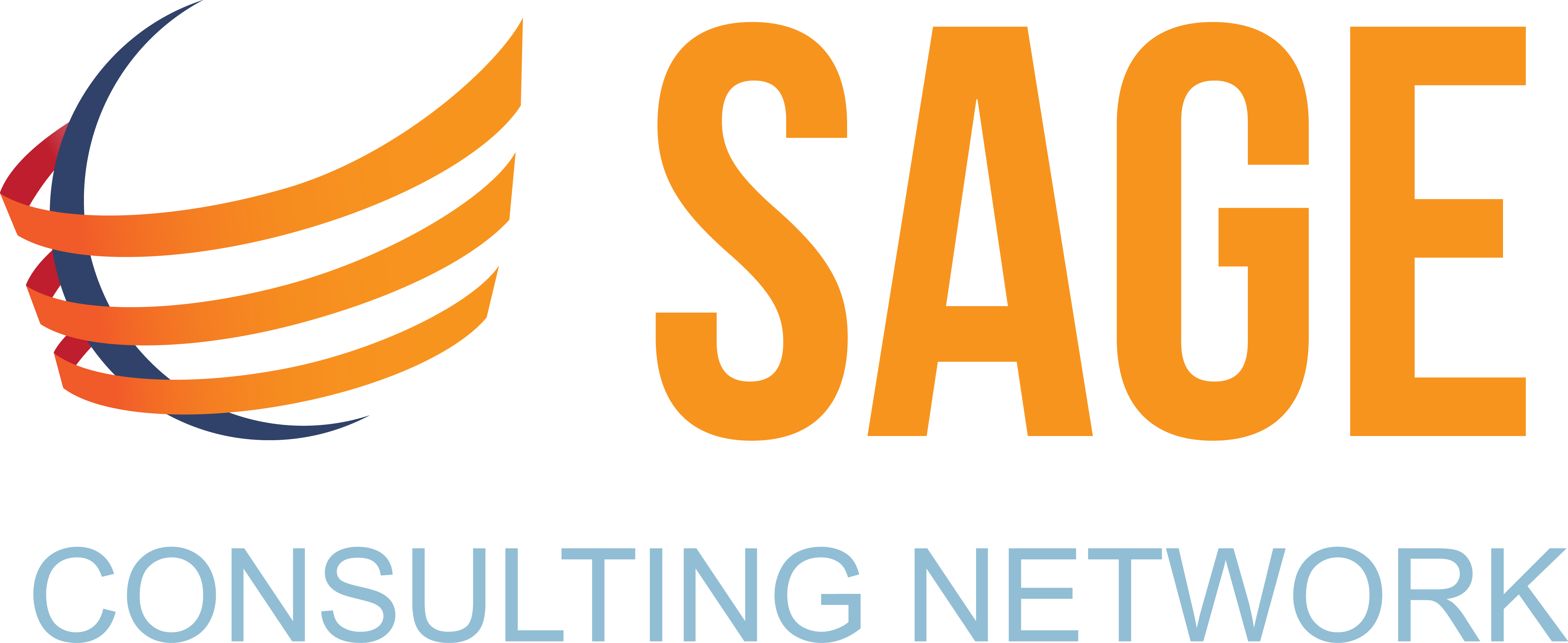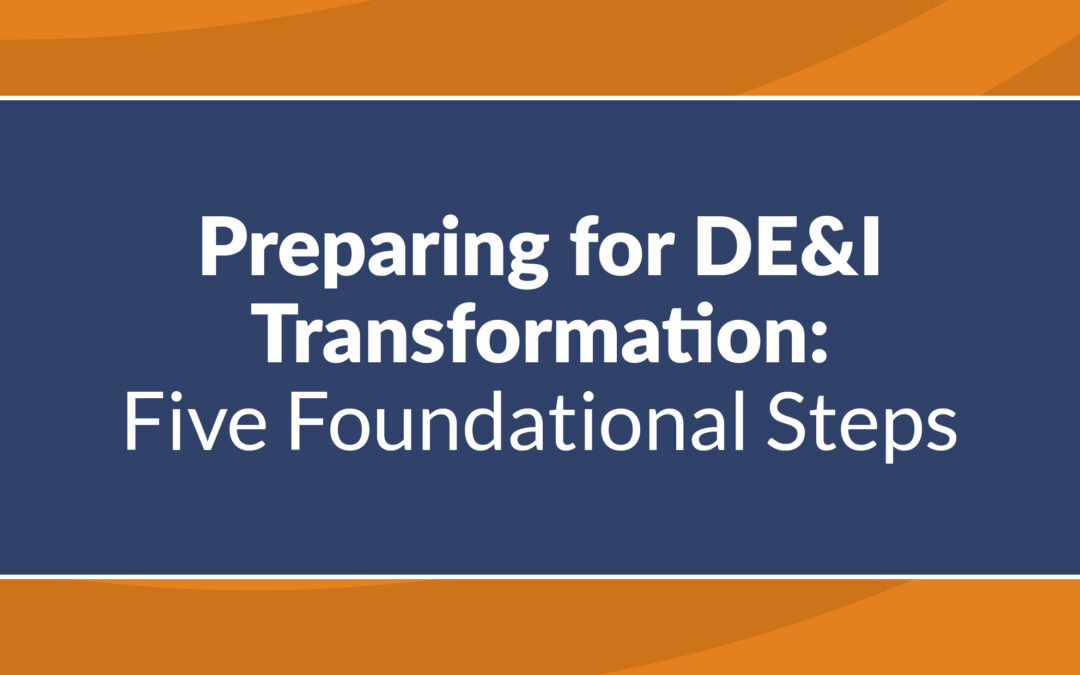Boards often struggle with deciding whether diversity, equity, and inclusion within their organization should be about belonging or social justice. There is work to be done on all fronts, but boards must determine the breadth and depth of work they should do to advance DE&I in alignment with their mission. What does justice look like for your organization?
Diversity, equity, and inclusion work cultivates a sense of belonging in the workplace. A culture of belonging has roots in internal operations within the board and the organization at large. Processes and policies must create an environment where BIPOC, LGBTQ, people with disabilities, and other marginalized groups feel safe bringing their authentic selves to work. They should feel that their voices are heard; DE&I allies can help amplify underrepresented voices, too.
It is also about justice. Unfortunately, “justice” and “social justice” are now highly politicized terms, but the drive to create a more just society is nothing new (the Civil Rights Movement in the 1950s and 1960s is just one example). Many nonprofits exist to help alleviate social injustices that disproportionately affect minority populations, and more diverse staff can better understand the needs of unique communities.
Boards cannot address every issue at once, but they can build a foundation for transformational diversity, equity, and inclusion work. Below, I offer five practical recommendations for bringing DE&I to the table, having hard conversations, and putting projects in motion.
- Build a Shared Understanding Across the Board
Quite often, board members think about diversity, equity, and inclusion individually. When we conduct DE&I assessments, it is common for 90% of the board to agree or strongly agree that they individually understand these concepts. When asked whether they agree that the board collectively shares that understanding, many respondents report that they disagree or are unsure.
Boards must devote both budget and time to close this gap, weaving the personal and collective journeys together. One cannot be successful without the other. Individual members grow their own fluency in DE&I; their knowledge helps create a shared understanding of DE&I within the board and what it means to the organization’s mission. The board’s work supports the individual’s learning journey in return.
All boards should enlist a third-party consultant. White board members cannot assume that Black members will want to lead DE&I, but they must also acknowledge their limitations in understanding the Black experience. A neutral perspective from an experienced consultant closes gaps in understanding and reinforces the connection between individual and collective journeys.
- Have the Hard Conversations First
How do boards grow their collective understanding of DE&I? It starts with an open, honest discussion about what issues mean to the board and the mission. Individual members must feel empowered to bring their ideas and experiences to the table for consideration. Everyone should participate in discussions about what is important to the board and which activities deserve priority. The group must also confront “taboo” topics like white fragility early on. These are challenging conversations, but they are necessary to counter white resistance and grow the board’s collective understanding of what needs to be done.
Part of creating a shared understanding is creating a shared vocabulary. White resistance often takes the form of suggesting more neutral terms and definitions, e.g. “equity” instead of “racial equity.” They avoid moving forward on work that specifically addresses racial inequities by burying it beneath general social issues like homelessness, which they are more comfortable discussing. (They may also work behind the scenes to garner support for maintaining the status quo.)
These concerns and potential conflicts must be unearthed early in the process. Otherwise, organizations risk facing unexpected objections that can derail projects and undo progress.
- Integrate DE&I Initiatives Into Board and Organizational Operations
Who should own the work of diversity, equity, and inclusion within a board of directors? Boards must decide how to integrate DE&I initiatives into operational processes as early as possible. Boards I work with often debate whether to form a committee or not. Will a committee mean others will neglect or avoid the work? If DE&I is the board’s work, should responsibilities be distributed across the group?
It takes a very high-performing board to execute DE&I initiatives when responsibilities are distributed. This work is intense and sometimes uncomfortable; in an absence of leadership or accountability, individuals may progress at different paces. Most boards need to begin the work with a committee. The committee should include early adopters and champions, balanced by more hesitant members.
This is not to say that the committee should do all the work. Rather, they conduct the work. Committees should distribute the work equitably across the board, ensure that board members are clear on what is expected of them, and hold everyone accountable. The committee also provides oversight to ensure quality and consistency in communications with stakeholders.
- Don’t Delay
Predominantly white boards of directors often ask me how to get started. They question whether they should wait until some future time—when the board is more diverse, when donors take a greater interest, or some other ideal state. This mindset cannot work. It is the board’s job to do diversity work, and the ideal climate for advancing diversity, equity, and inclusion is the world the board already lives in.
We are all facing ongoing economic uncertainties, massive shifts in workforce norms, and a volatile political atmosphere. There will be no ideal future without starting today. For a predominantly white board, embracing DE&I helps build credibility and communicates priorities to donors, employees, and customers. It lets everyone know that while we are still learning, we are building a place where board diversity will thrive.
When boards move quickly to advance DE&I, some experience a discouraging outcome—board members who do not want to participate in diversity work will opt out. Not everyone wants to do this work, but their vacant seats provide opportunities to recruit for a more diverse board. The donor base will also experience a similar transformation. Previous donors who disagree with an organization’s approach to DE&I will go elsewhere, replaced by new donors that support these initiatives.
- Prepare to Ramp Up
There is not enough time in board meetings to get through diversity work. When the board decides to undertake diversity initiatives, each member is committing to spending significantly more time with board work than in previous years. That time is spent in training, deep dive discussions, and consuming educational content from subject matter experts. Members also engage with staff and the local communities to better align DE&I priorities with the organization’s mission.
Depending on the scope of the project, a board member involved in DE&I organizational transformation could expect to spend from 30 to 50 additional hours on board work that year. This work pays off though—boards who move through this process are proud of the differences they can make in their own lives and others. They gain a better understanding of stakeholders’ needs and can figure out how to give back. It is a formative journey for the individual and the collective. That is what board work is about.


Recent Comments